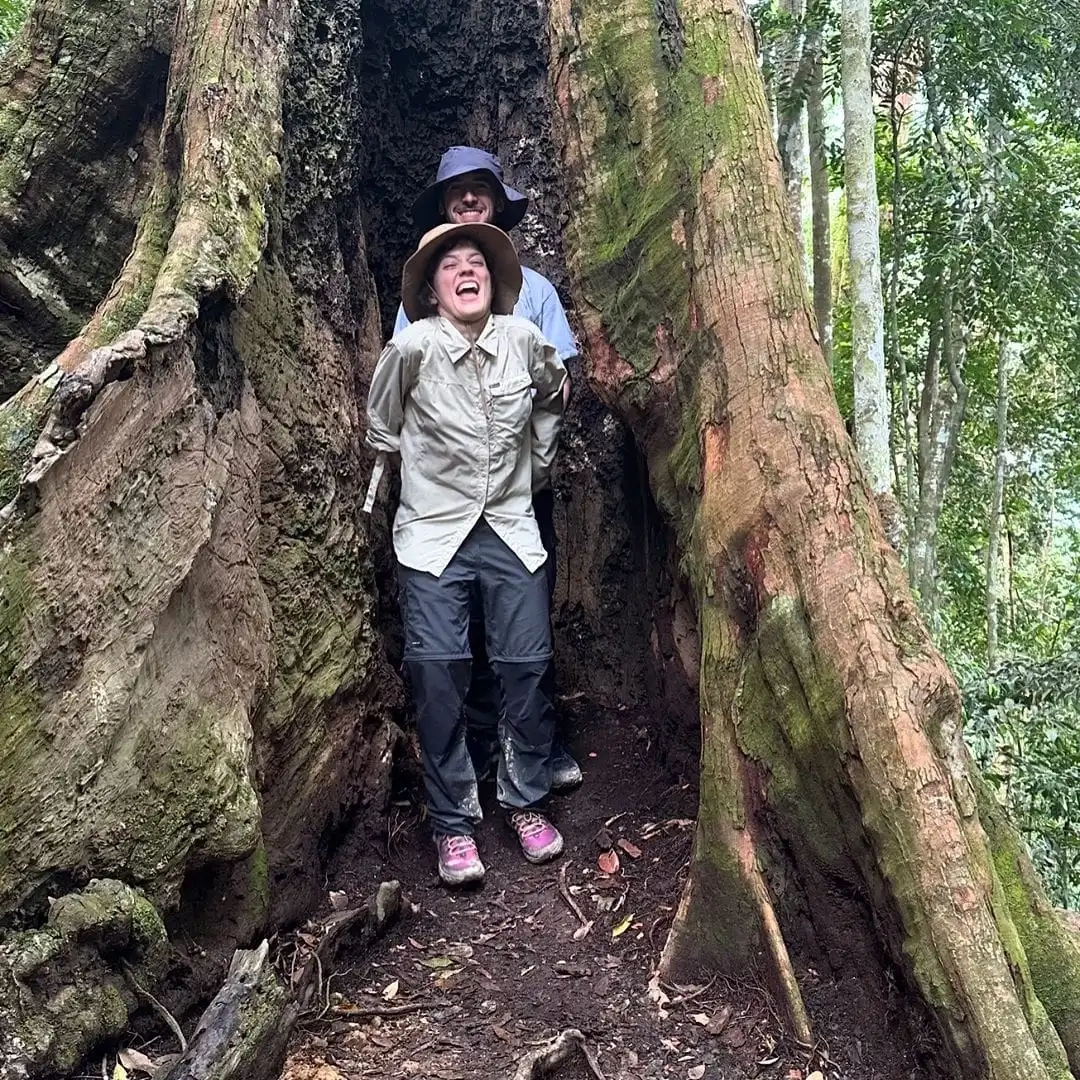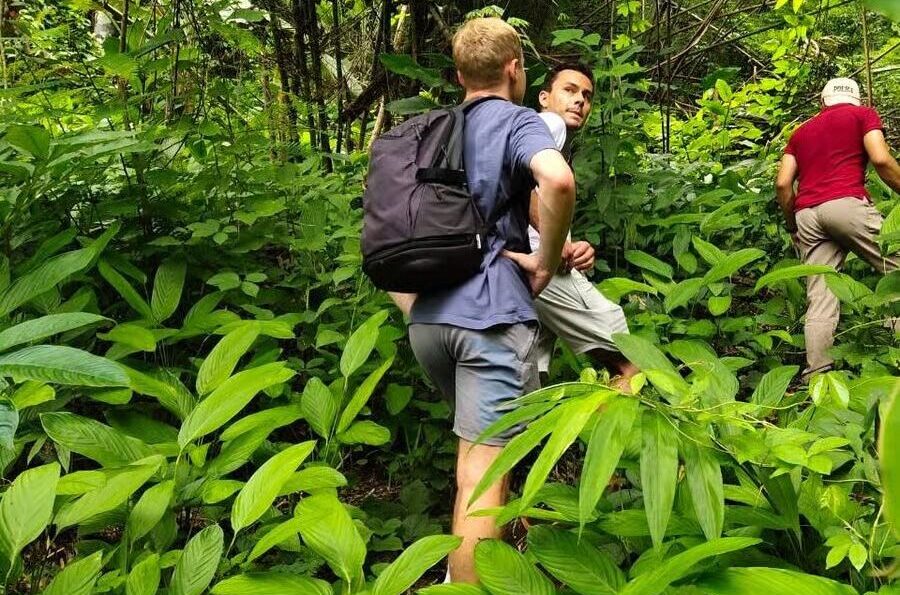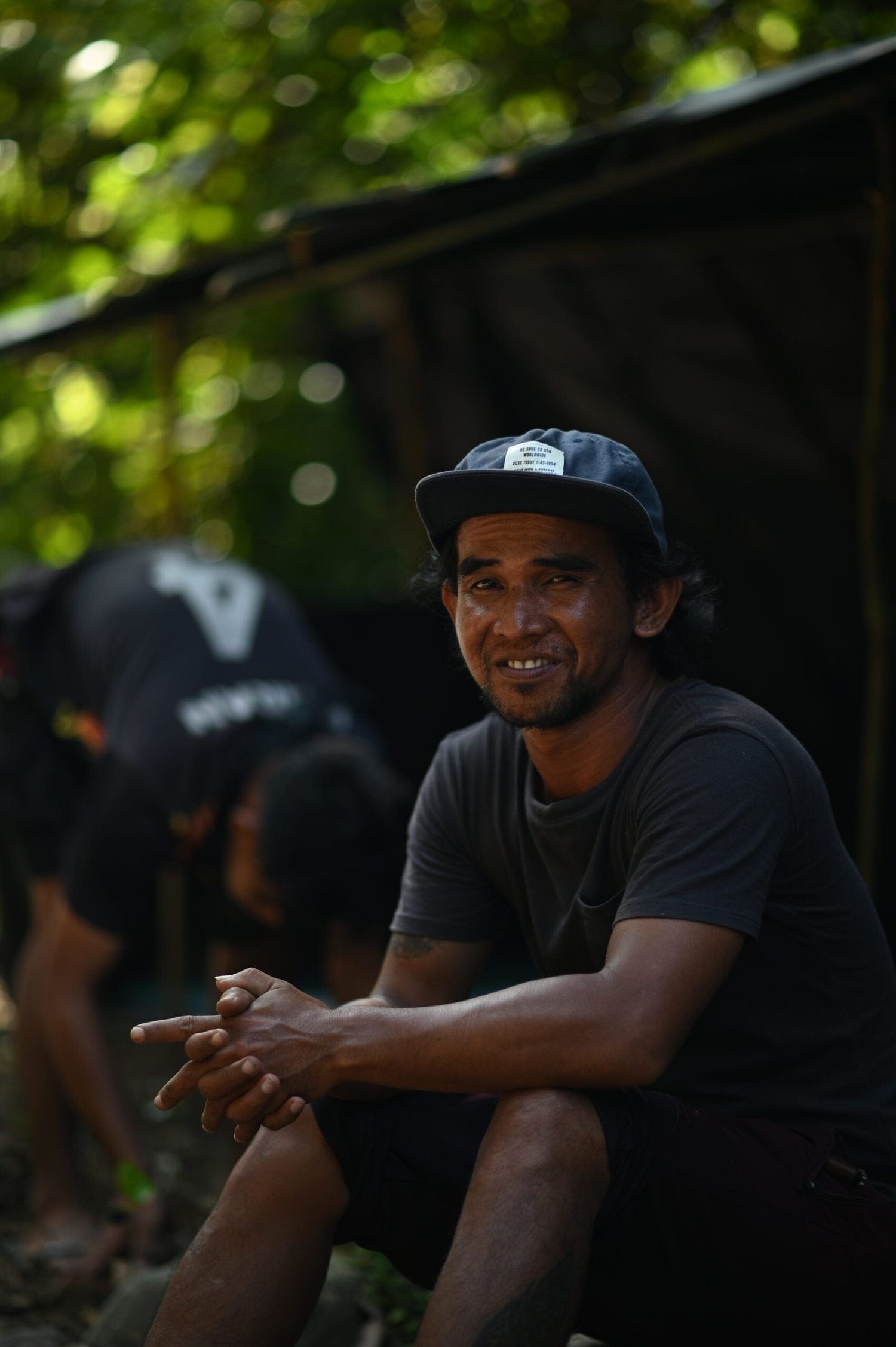Exploring the Tropical Rainforest of Sumatra: A Biodiversity Haven
Introduction to Sumatra Tropical Rainforest
The Sumatra tropical of rainforest is a remarkable ecosystem that stands as one of the most biologically diverse areas on our planet. Situated in Southeast Asia, Sumatra is the sixth largest island in the world and is renowned for its expansive rainforest, which is part of the Greater Sunda Islands. Its geographical positioning, nestled between the Indian Ocean to the west and the Java Sea to the east, gives rise to a tropical climate characterized by high humidity, abundant rainfall, and significant temperature stability throughout the year.
This unique climate creates ideal conditions for a variety of flora and fauna to thrive. The rainforest is home to more than 10,000 species of plants, including towering dipterocarps, which dominate the canopy, and numerous medicinal plants that have yet to be fully studied. The remarkable plant diversity supports an equally diverse range of animal species, with habitat for critically endangered species like the Sumatran orangutan, the Sumatran tiger, and the Sumatran elephant. Such an intricate web of life showcases the evolutionary significance of this region, making it an essential area for conservation efforts.
The tropical rainforest of Sumatra is not only significant for its biodiversity; it also plays a vital role in regulating the Earth’s climate. As a major carbon sink, the dense vegetation absorbs carbon dioxide, thus contributing to climate change mitigation. Furthermore, the rainforest supports local communities by providing resources such as timber, food, and medicines. This multifaceted importance underscores the need for preservation amid threats from deforestation and climate change. Understanding and appreciating the complexity of Sumatra’s rainforest is crucial for both ecological and human sustainability.
Flora and Fauna: The Rich Biodiversity of
Sumatra Trofical
Sumatra’s tropical rainforest is a dazzling tapestry of biodiversity, teeming with an array of plant and animal species that contribute to its rich ecological landscape. This region is home to an extraordinary variety of flora, ranging from towering dipterocarp trees that can stretch up to the sky to delicate orchids that pop up amidst the forest floor. Dipterocarps, known for their massive size and intricate canopies, dominate the upper layer of the rainforest, providing critical habitat for numerous species. The diverse plant life forms a complex ecosystem, which plays a vital role in supporting the incredible variety of fauna present.
Among the enchanting wildlife, the Sumatran orangutan stands out as one of the most emblematic species. With their distinctive bright orange fur, these primates have adapted to life in the trees, using their strong arms to swing gracefully between branches. Unfortunately, the Sumatran orangutan is critically endangered, primarily due to habitat loss driven by deforestation and illegal logging. Similarly, the elusive Sumatran tiger exemplifies the unique adaptations required for survival in this dense, tropical environment. Their striking stripes not only provide camouflage but are essential for their hunting strategies, allowing them to move stealthily through the underbrush.
Notably, the rainforest’s biodiversity extends beyond mammals; it encompasses a myriad of reptiles, amphibians, and various invertebrates. Each species plays an integral role in maintaining ecosystem balance, contributing to processes such as pollination and seed dispersal. The intricate connections between these species highlight the delicate interplay of life within the rainforest. As various plants provide food and shelter for animals, the health of each species directly influences the survival of others, showcasing the interconnectedness inherent to this ecosystem. Protecting the flora and fauna of Sumatra is crucial not only for the region but also for global biodiversity, as these species contribute to the world’s ecological health.
Threats to Sumatra’s Rainforest: Conservation Challenges
Sumatra tropical rainforest is one of the most biodiverse ecosystems in the world, housing an array of flora and fauna. However, this rich environment faces significant threats that undermine its ecological integrity. Deforestation is one of the most pressing concerns, driven predominantly by agricultural expansion, particularly for palm oil plantations. The demand for palm oil has surged globally, leading to widespread clearing of forest areas. This not only eliminates habitats for many species but also contributes to the alarming rate of biodiversity loss on the island.
Another serious issue is illegal logging, which continues to pose a challenge to conservation efforts. Unsanctioned timber extraction depletes the rainforest, with logging operations often circumventing regulations intended to protect these vital ecosystems. These activities lead to soil degradation, increased carbon emissions, and the destruction of habitats crucial for endemic species, such as the Sumatran orangutan and the Sumatran tiger. The impacts are profound, as species that rely on specific habitats face the risk of extinction.
Furthermore, the encroachment of these activities adversely impacts local indigenous communities who depend on the rainforest for their livelihoods. Many of these communities possess traditional knowledge that contributes to conservation but find their way of life threatened as land is cleared for commercial purposes. The cultural ramifications of this disruption are significant, leading to conflicts over land rights and the erosion of traditional practices.
Despite these challenges, there are ongoing conservation efforts aimed at preserving the remaining areas of rainforest. Initiatives focused on promoting sustainable land-use practices are crucial to mitigating the negative impacts of agriculture and logging. Collaborative approaches involving local communities, conservation organizations, and governments can lead to a more balanced coexistence between human needs and ecological preservation. Protecting Sumatra’s rainforest is imperative, not just for the biodiversity it harbors, but also for the broader implications it entails for climate change and social equity.
Visiting Sumatra’s Rainforest: An Ecotourism Perspective
 Sumatra tropical rainforest offers an unparalleled opportunity for ecotourism enthusiasts to immerse themselves in a stunning natural environment rich in biodiversity. This region is home to numerous national parks and wildlife reserves that showcase the unique flora and fauna endemic to the area. Visitors seeking adventure can explore Gunung Leuser National Park, known for its pristine landscapes and an impressive variety of wildlife, including orangutans, tigers, and elephants. Trekking through the dense jungle, under the towering trees, visitors often stumble upon rare species and breathtaking vistas.
Sumatra tropical rainforest offers an unparalleled opportunity for ecotourism enthusiasts to immerse themselves in a stunning natural environment rich in biodiversity. This region is home to numerous national parks and wildlife reserves that showcase the unique flora and fauna endemic to the area. Visitors seeking adventure can explore Gunung Leuser National Park, known for its pristine landscapes and an impressive variety of wildlife, including orangutans, tigers, and elephants. Trekking through the dense jungle, under the towering trees, visitors often stumble upon rare species and breathtaking vistas.
Engaging in guided tours is one of the best ways to experience Sumatra’s rainforest. Professional guides possess intimate knowledge of the ecosystem and can enhance the experience through educational insights into the behaviors of wildlife and the cultural significance of various plant species. Additionally, participating in organized tours ensures that visitors adhere to responsible tourism practices. These measures are crucial in minimizing environmental impacts while maximizing the benefits of ecotourism for local communities.
While enjoying the beauty of the rainforest, it is essential to understand and respect local customs. Sumatrans have profound connections with their land, and adhering to cultural etiquette can enrich the travel experience. Simple gestures such as asking for permission before taking photographs or observing traditional practices demonstrate respect for the communities. Furthermore, travelers should prepare adequately by packing necessary supplies, such as insect repellent and durable footwear, to ensure a comfortable and safe journey in the wilderness.
Incorporating responsible tourism into your visit not only enhances your adventure but also contributes to conservation efforts that protect this vital ecosystem. By choosing sustainable practices, visitors can play a role in preserving Sumatra’s rainforest for future generations while enjoying the immense beauty and diversity it has to offer.









